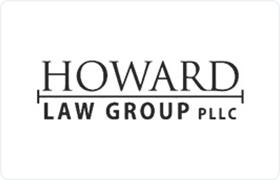Hardy Reorganization Lawyer, Kentucky
Sponsored Law Firm
-
 x
x

Click For More Info:
-
Howard Law Group, P.L.L.C.
213 Saint Clair St Ste 101 Frankfort, KY 40601» view mapBankruptcy & Debt Where Dedication Meets Experience
At Howard Law Group, PLLC, our Frankfort lawyer has devoted his entire practice to helping clients understand their rights and helping clients make empowered legal decisions.
800-716-8131
Not enough matches for Hardy Reorganization lawyer.
Below are all Hardy Bankruptcy & Debt lawyers.
Virginia Kirk Baird
Trusts, Estate, Bankruptcy, Bankruptcy & Debt
Status: In Good Standing *Status is reviewed annually. For latest information visit here
Daryle M Syck Ronning
Real Estate, Family Law, Bankruptcy, Bankruptcy & Debt
Status: In Good Standing *Status is reviewed annually. For latest information visit here
Robert Paul Combs
Education, Real Estate, Bankruptcy, Property Damage
Status: In Good Standing *Status is reviewed annually. For latest information visit here
Niles Brian Cumbo
Government, Bankruptcy, Bankruptcy & Debt
Status: In Good Standing *Status is reviewed annually. For latest information visit here
 Douglas Howard Frankfort, KY
Douglas Howard Frankfort, KY Practice AreasExpertise
Practice AreasExpertise